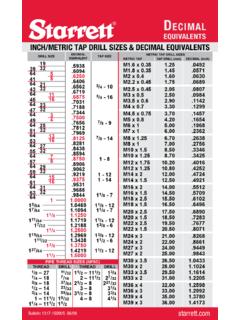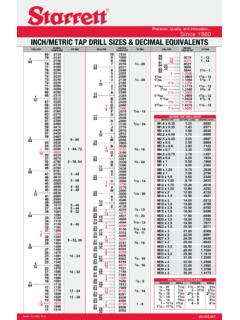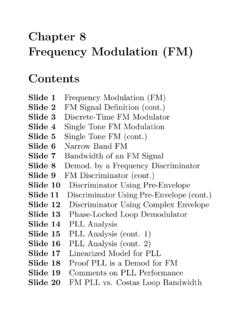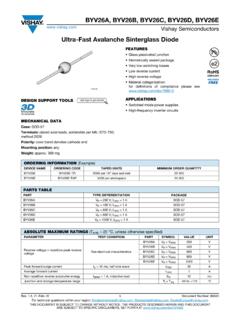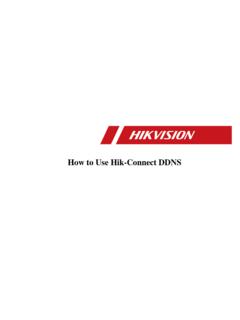Transcription of Family name: Lumbar Puncture (Spinal Tap) Given name(s)
1 (Affix identification label here) URN: Family name: Given name(s): Address: Date of birth: Sex: M F I Lumbar Puncture ( spinal Tap) Facility: Page 1 of 2 Continues over page 01/2014 The State of Queensland (Queensland Health), 2014 Permission to reproduce should be sought from DO NOT WRITE IN THIS BINDING MARGIN A. Interpreter / cultural needs An Interpreter Service is required? Yes No If Yes, is a qualified Interpreter present? Yes No A Cultural Support Person is required? Yes No If Yes, is a Cultural Support Person present? Yes No B. Condition and treatment The doctor has explained that you have the following condition and the reasons why a Lumbar Puncture is necessary: (Doctor to document patient s own words).
2 Lumbar Puncture is also commonly called a spinal tap. This involves placing a needle in the lower back to obtain fluid that bathes the brain and spinal cord (this fluid is called cerebrospinal fluid or CSF). The correctly placed needle enters a sac below the actual spinal cord. The lower back is generally considered the safest site to obtain this fluid for laboratory testing. C. Risks of a Lumbar Puncture ( spinal tap) There are risks and complications with this procedure They include but are not limited to the following. Common risks and complications (more than 5%): Backache is common especially at the time of the procedure affecting up to two thirds of patients.
3 It can last several days. Rarely is it permanent. Shooting pain down the legs at the time of the procedure is common, affecting about 10% of patients. It usually settles when the needle is removed. Bleeding is more common if you have been taking blood thinning drugs such as Warfarin, Aspirin, Clopidogrel (Plavix, Iscover. Coplavix), Prasugrel (Effient), Dipyridamole (Persantin or Asasantin), Ticagrelor (Brilinta), Apixaban (Eliquis), Dabigatran (Pradaxa), Rivaroxaban (Xarelto). Uncommon risks and complications (1 5%) Headache that can be severe and last up to several days and it may need further treatment.
4 Rare risks and complications (less than 1%) Bleeding at the site of needle insertion or into the spinal canal can be immediate or delayed. Often harmless but may cause leg problems. Lower limb weakness or numbness is an exceedingly uncommon complication. It may vary from mild to severe. It usually lasts only a short time but rarely can be permanent. Other neurological or brain function problems occur very rarely, such as double vision has been reported and is short-lived. Infection may occur at the needle site, and affect the bones of the back or the spinal fluid. It is very rare but death from meningitis can occur.
5 Local problems from needle injury are uncommon and include occasional implantation of skin cells that can cause local lumps or tumours (dermoids). They are harmless and may need surgical removal. This is extremely rare. Brain Herniation or Coning (Movement of the brain) is an exceedingly rare condition that can lead to death or severe disability. The risk of this is greatly reduced by having a normal brain scan (CT or MRI) prior to Lumbar Puncture but not all hospitals will have this as an available option. Death as a result of this procedure is ultra-rare. D. Risks of not having this procedure (Doctor to document in space provided.)
6 Continue in Medical Record if necessary.) .. E. Anaesthetic This procedure is usually done using local anaesthetic to numb the area. Occasionally a sedation anaesthetic is necessary. F. Anticoagulant/Antiplatelet Checklist Information to discuss with your doctor about blood thinning drugs: Aspirin Yes No This can be continued. Antiplatelet agents Yes No Clopidogrel, Prasugrel, Ticagrelor, Dipyridamole, Other: INCREASES RISK: if emergency cover with fresh platelets with Haematology input. If elective - can it be withheld and the patient maintained on aspirin alone for 7 days prior?
7 Yes No Must be approved by the medical staff who manage the anti-platelet agent. If it cannot be ceased the procedure should be avoided unless benefits exceed additional risk. Warfarin/Dabigatran/Rivaroxaban/Apixaban /Heparins/ And other new anticoagulants Yes No INCREASES RISK: correct coagulation abnormalities. Check INR, APPT or where appropriate - anti Xa levels, Thrombin Clotting Time. If elective can all anticoagulation be ceased before the procedure? Yes No Must be approved by the medical staff who manage the anticoagulant. Cessation duration or bridging with IV heparin or LMWH requires expert advice.
8 Also consider thrombocytopenia, significant liver disease and the possibility of vitamin K deficiency. PROCEDURAL CONSENT FORM (Affix identification label here) URN: Family name: Given name(s): Address: Date of birth: Sex: M F I Lumbar Puncture ( spinal Tap) Facility: Page 2 of 2 01/2014 DO NOT WRITE IN THIS BINDING MARGIN G. Patient consent I acknowledge that the doctor has explained; My medical condition and the proposed procedure, including additional treatment if the doctor finds something unexpected. I understand the risks, including the risks that are specific to me.
9 The anaesthetic required for this procedure. I understand the risks, including the risks that are specific to me. Other relevant procedure/ treatment options and their associated risks. My prognosis and the risks of not having the procedure. That no guarantee has been made that the procedure will improve my condition even though it has been carried out with due professional care. Tissues and blood may be removed and could be used for diagnosis or management of my condition, stored and disposed of sensitively by the hospital. If immediate life-threatening events happen during the procedure, they will be treated based on my discussions with the doctor or my Acute Resuscitation Plan.
10 A doctor other than the Consultant may conduct the procedure. I understand this could be a doctor undergoing further training. I have been Given the following Patient Information Sheet/s: Local Anaesthetic & Sedation for your Procedure Lumbar Puncture ( spinal Tap) I was able to ask questions and raise concerns with the doctor about my condition, the proposed procedure and its risks, and my treatment options. My questions and concerns have been discussed and answered to my satisfaction. I understand I have the right to change my mind at any time, including after I have signed this form but, preferably following a discussion with my doctor.











